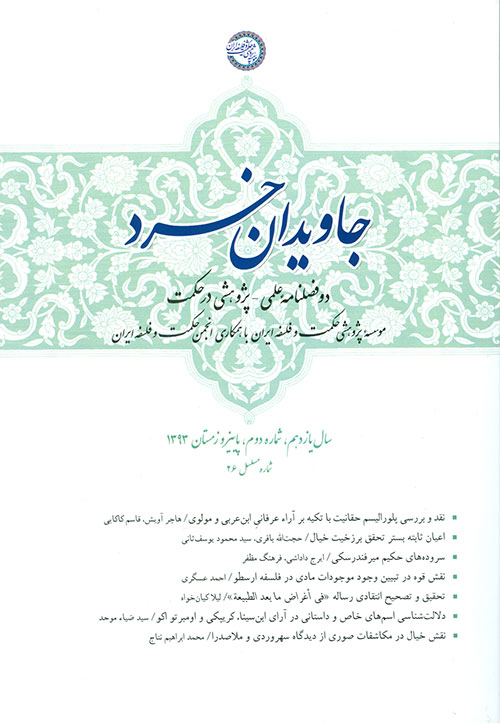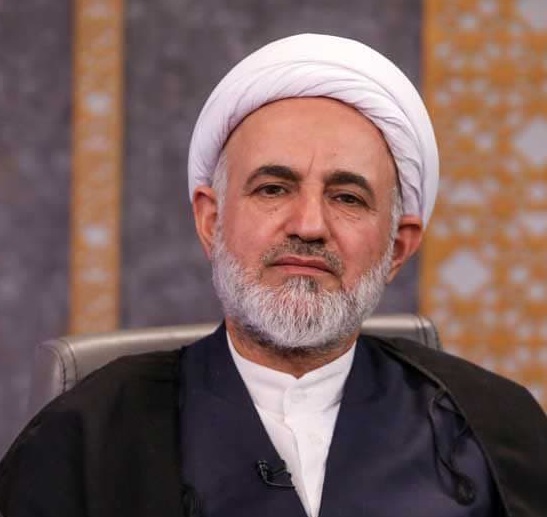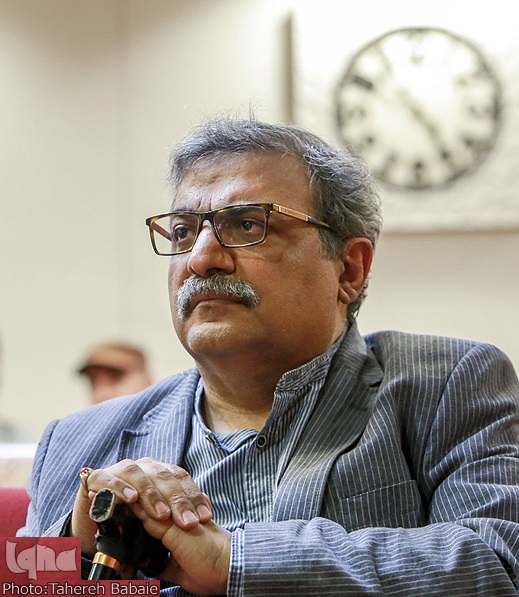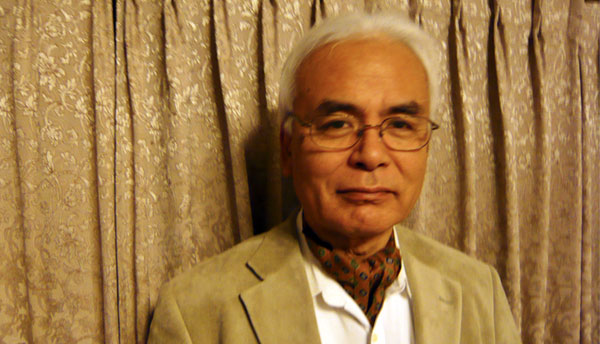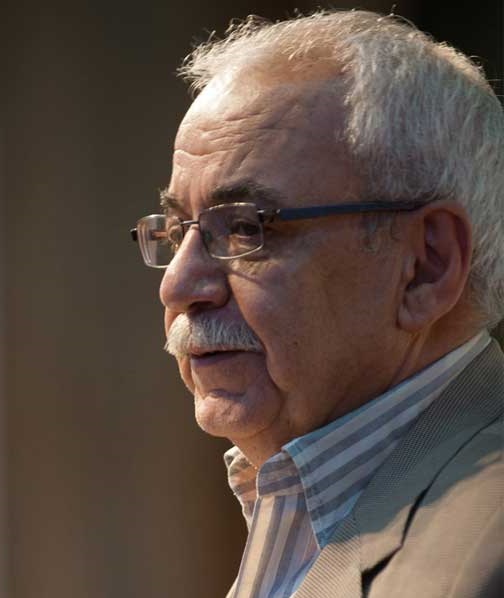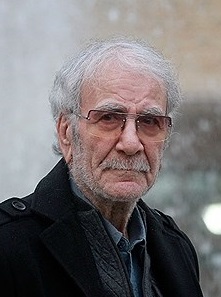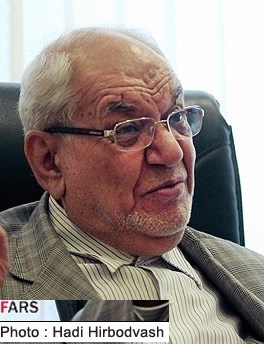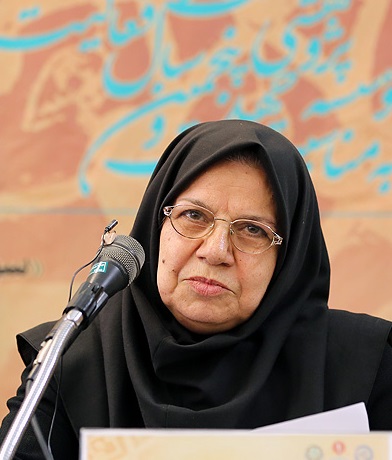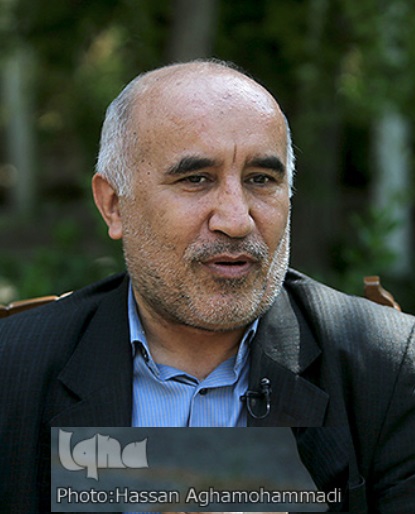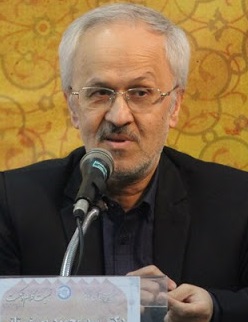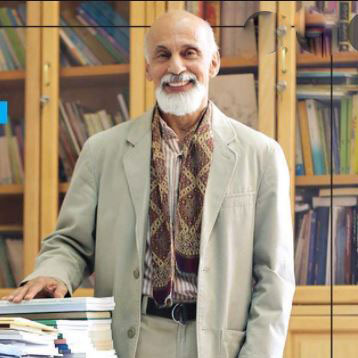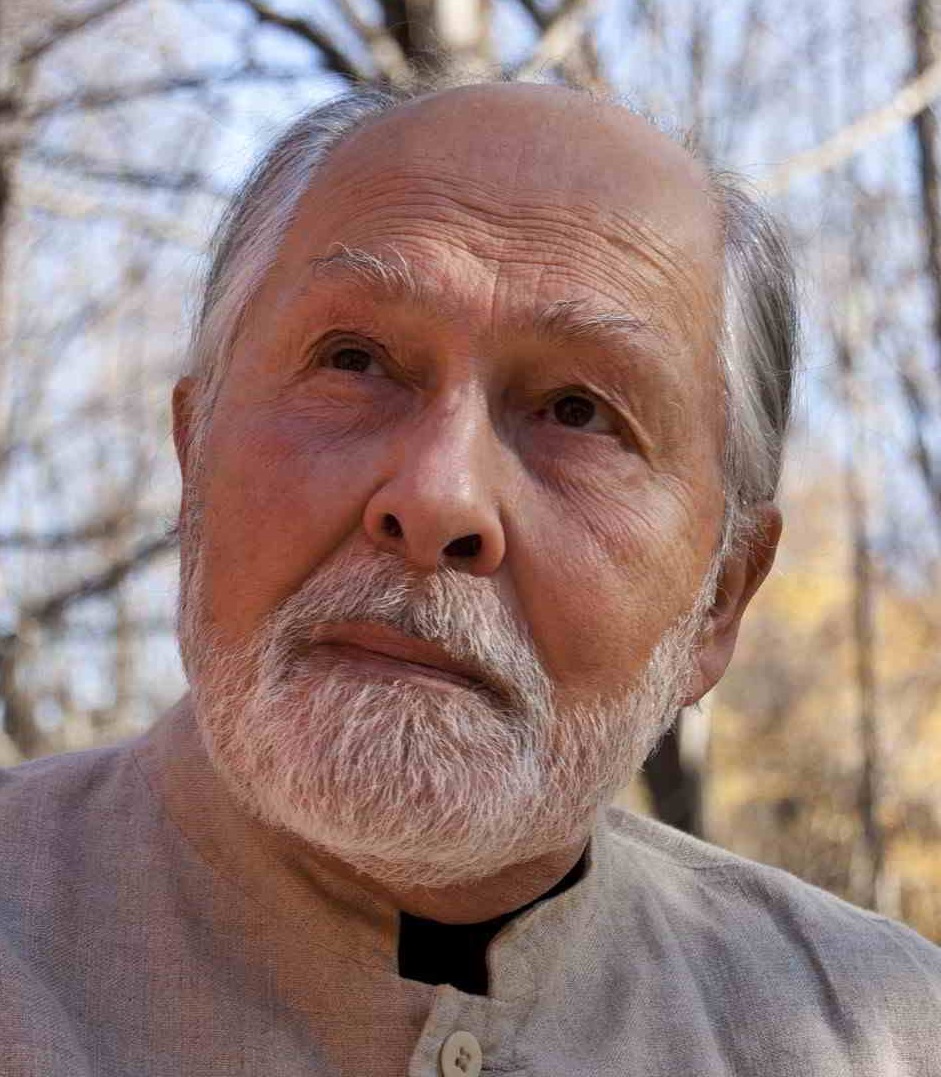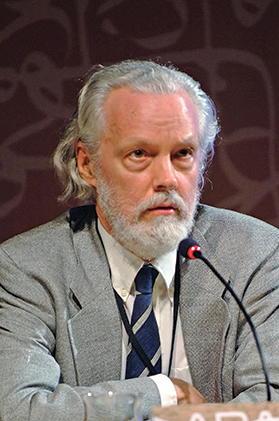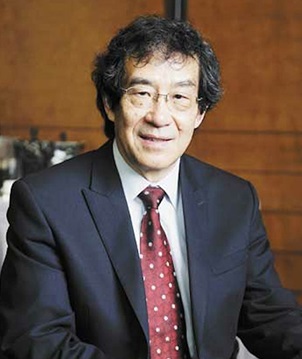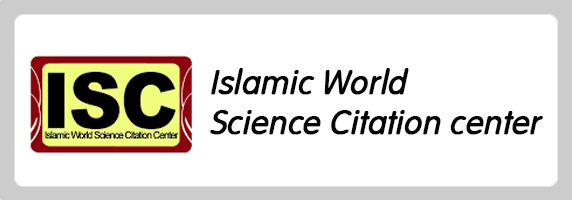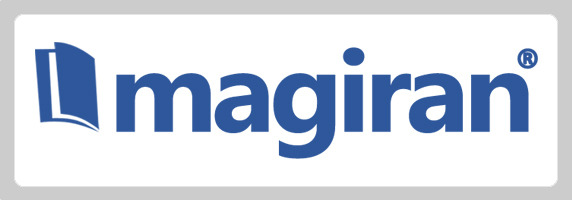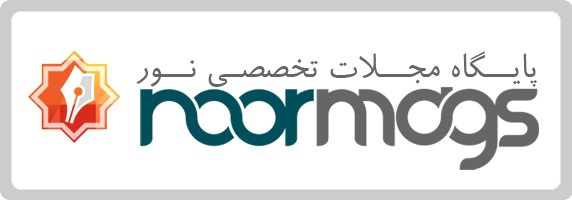Effective factors on Communication and Semiotics in Architecture- case study: Kabood mosque in Tabriz
Keywords:
Semiotics and Architecture, Semiotics and Communication, Semiotics of Mosque, Kabood mosque, TabrizAbstract
Semiotics is a knowledge that its purpose is how to find meaning of sign and it is an objective presentation of an absent concept or phenomenon to communicate with the audience. Roman Jakobson and Umberto Eco attribute the semiotics as an outcome of language; Jakobson has introduced semiotics as a process of meaningfulness based on texture and Eco has recommended Architecture semiotics as a cultural phenomenon and a tool for communication; Cities in Islamic societies have signs and the mosque is the most significant architectural representation in them, and the use of its physical elements has made it known as a means of communication with the mind of the audience, in such a way that they are comprehensible for inhabitants by having these signs. The purpose of this research is to analyze the elements in the architecture of the mosques that have become a sign of communication in the cities over time to answer this question: what component of the physical elements of architecture have been changed to communication tools? This research has been investigated by descriptive-analytic method based on the analysis of the elements of the Jakobson verbal communication theory including context, message, sender, receiver, channel and codes in semiotics and their adaptation to the ECO’s view in architectural semiotics and these factors has been studied in the signs which are used in Tabriz Kabood mosque as a case study for realizing how to communicate
